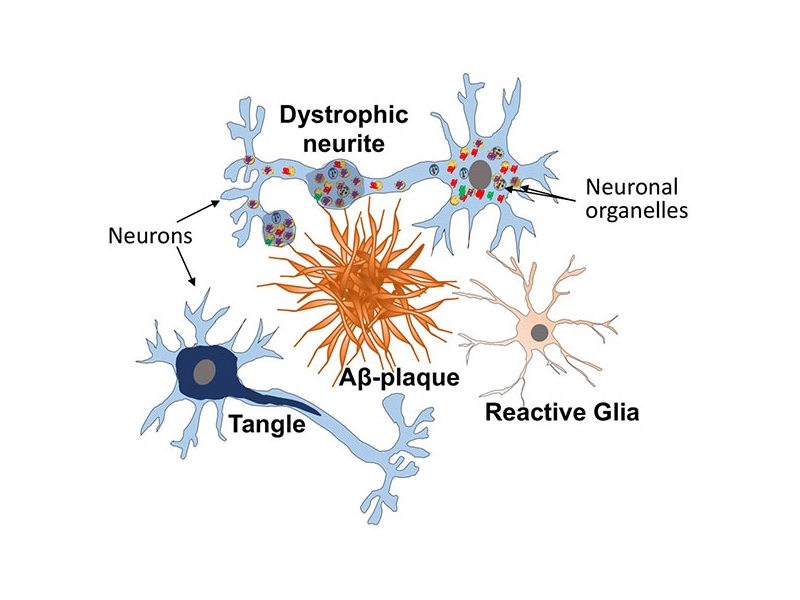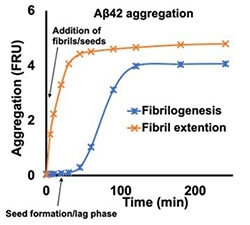Molecular Mechanisms of AD Pathogenesis
Alzheimer’s disease (AD) starts in the brain more than 10 years before symptoms like memory loss appear. Studies show that changes in blood, spinal fluid, and brain scans can detect this early phase. A large challenge with Alzheimer’s disease is that there is no cure yet. Current treatments only help with symptoms, not the disease itself. Because many treatments have failed, scientists believe we need to focus on detecting and treating the disease early, before symptoms start. To do this, we must find early biomarkers and understand how the disease begins at the cellular level.
Cells stay healthy by breaking down waste through autophagy and lysosomal pathways. These systems send waste to lysosomes for removal. Research shows that problems in these pathways may lead to AD by stopping the breakdown of toxic proteins like amyloid and tau. Researchers at Corewell Health found that damaged lysosomes and other cell parts build up around amyloid plaques in AD brains. This buildup is a key sign of AD, since plaques without this damage are often seen in older people without dementia.
Our long-term goal is to discover new pathways linked to cell damage in AD and to target the proteins and organelles that form these damaged areas. This could help us create early diagnostic tools and deliver drugs that target amyloid more effectively.

Fig. 1: A neuritic plaque in AD brain is composed with an Aβ-deposited core that is surrounded by dysfunctional organelles /proteins accumulated DNs, and activated glial cells. Our research focuses to understand organelle dysfunction mechanism during plaque initiation and to utilize accumulated organelles in DNs for identifying early diagnostic biomarkers and delivering Aβ-targeted drugs.
Areas of research
Lab members
Md Golam Sharoar, PhD
Assistant professor, internal medicine and Alzheimer’s disease research program
Zakia Zaman
Research assistant




